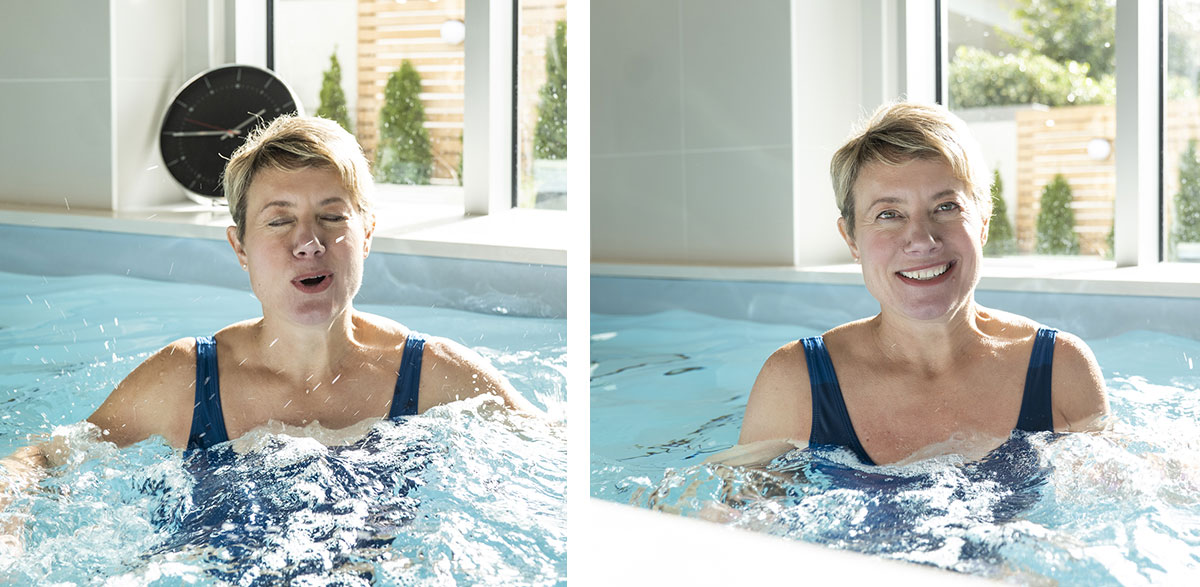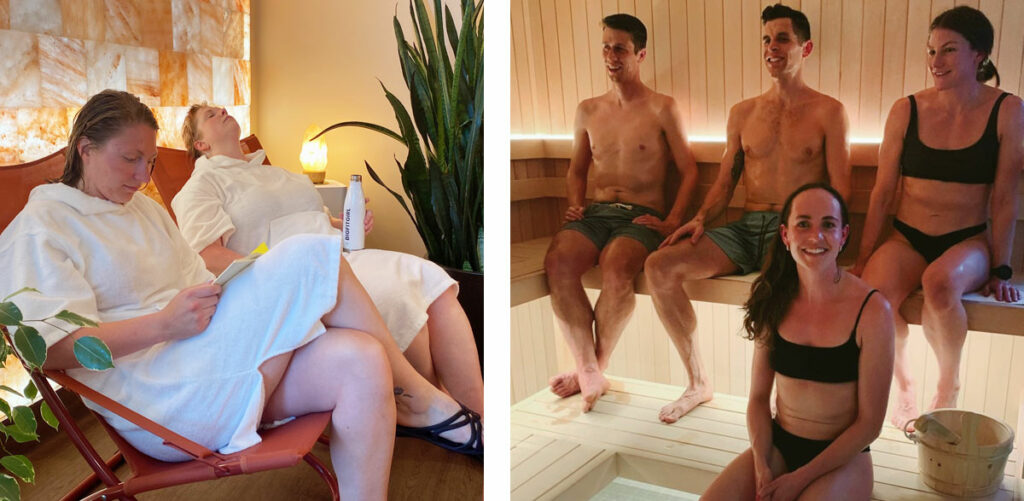How to Cold Plunge
A guide to getting out of your comfort zone and into cold water.
Experience the invigorating practice of cold plunging at Ritual Nordic Spa. This guide provides insights into the benefits, techniques, and what to expect during your cold plunge journey.
What to Expect
A cold plunge is an amazing way to rinse off toxins, release endorphins and show yourself what you’re capable of. Even Hippocrates avowed the benefits of soaking in cold water. When your body first experiences the shock of cold water, you won’t be thinking anymore, you will just be feeling. You will feel stillness, pure energy, the flow of blood delivering oxygen and nutrients into the deepest parts of your brain, and the true power of your mind. Once you get a taste of that feeling, you will crave it, chase it and want more of it. Let’s dive in.
How long to cold plunge?
The immediate impact of cold water can be uncomfortable, even downright painful, but your body can adapt with repeated exposure. The result of sacrificing your comfort is extraordinary. Cold is a stressor and if you are able to learn to control your body’s response to it, you will better be able to control stress in its many forms. The more you integrate cold plunging into your life, the greater the payoff will be.
A good target time for a cold plunge is three minutes in the water. Eventually you will be able to add more time, but the most important thing is to listen to your body. For complete cold plunge beginners, you can develop your tolerance by taking a quick dip (30 seconds) or regular cold showers. Start with a warm shower and end with five minutes of cold. This will help you become more immune to the cold.

What The Iceman (and the Experts) Say
If you’ve taken a look online and started your own research on this topic, you’ve likely come across a range of interesting medical studies and papers on the topic. And no doubt you will also have found the “grandfather” of cold plunge Wim Hof (aka the Iceman). Hof’s dedication to the practice is impressive. He has been a major force in introducing many newcomers to it.
“There is scientific evidence that cold exposure in combination with conscious breathing, meditation and a positive mental attitude, has far-reaching benefits to human health.”
Wim Hof
And for a more measured (and medical) view on how cold can shock the body in a good way, check out what Dr. Rhonda Patrick has to say about cold plunge and the effect it has on metabolism, muscle soreness, recovery, athletic performance and the brain.
Preparing for Your Cold Plunge
Here are a few practical tips before taking the plunge:
- Prepare yourself by visualizing how you will enter the water and how you want to feel.
- When you’re ready, confidently get in, taking deep breaths to calm your brain and nervous system.
- Allow your breath to slow down and get even deeper when you’re actually in the water. This helps signal to your brain that “I’m ok.” (This techniques can even help with feelings of overwhelm, anger, frustrations and anxiety during other difficult times in life and rewire your brain to not always go into “fight or flight” mode.)
- Be aware that you may experience hyperventilation, or quicker breathing, which is an involuntary physiological response that subsides over time as the body relaxes and adjusts.
- Stay strong and remember to breathe. It will get easier after the first minute. Try letting out a long “hummmm” on your exhales to stay present through the cold.
To get the most out of cold plunging, submerge your entire body, even your head briefly if you can. The total body dip exposes your whole body, thyroid and back of the neck, which elicits a more dramatic hormonal response. After you fully dip, you can also dip your face in periodically throughout the plunge, which will send a dramatic message into the nervous system to maximize the benefits you desire. Once enough time has passed—based completely on your own decision for what is “enough”—exit the water and dry off, warm yourself in a robe and if possible, rest with your feet up, ideally at the same level of your heart.
If you are cold plunging as part of your sauna circuit, be sure to rest at this point (as the relax phase) before going back into the heat of sauna.

The ability to withstand cold increases with practice and improves your body’s circulation, ability to regulate heat, and mental fortitude.
Integrating Cold Plunges into Your Routine
The key is sticking to a schedule and turning cold immersion into a ritual. Once you do so you’ll see the wonders that cold plunging can have for your mental, spiritual and physical well-being. Plus, it only takes five minutes—at the most! As mentioned, you can start small. Try a one minute cold shower in the morning—a common practice of many during recent Covid-related lockdowns—and build up from there.
We guarantee at the very least, you will go into your day feeling more awake, alive and present. Think of cold immersion as an intense workout that pushes the limits of your body and challenges your mind as well.